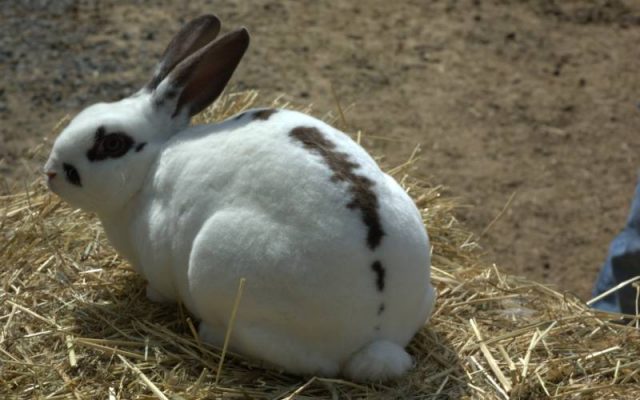Type the name of the breed you're looking for below
[wpdreams_ajaxsearchlite] Don't see the breed your're looking for? Click here and let us know!
Breed Characteristics
1 paw - breed exhibits the least amount of this characteristic
5 paws - breed exhibits most amount of this characteristic
Rex rabbits
| Origin | The Rex Rabbit breed has been around for almost 200 years. It first discovered in 1919 in France after a peasant discovered an odd looking little bunny in a patch of rabbits. The peasant’s son was a servant of a well respected and successful rabbit breeder named Monsieur Gillet. The boy showed Gillet the unique bunny and he requested that another be sought from the same location. Only one other was ever found and it is reported that no other similar rabbit was ever produced at this original location. The two bunnies would become the foundation of the Rex breed. castor-rex-rabbit Monsieur Gillet originally named the breed “Castor” which means beaver in french. He was informed that a breed in England that was similar to the Havana rabbit was being named “Beaver”. After hearing this he then decided to call his new breed the “Castorrex” – Castor for beaver in French and Rex which is the Latin word for King in English. In 1923 Gillet showed the unique Castorrex pelt to the Societe Centrale d’ Aviculture in Paris, France. They immediately accused Gillet of displaying a “dressed” pelt. He then brought a live Castorrex for them to examine and there was no doubt this was something the rabbit world had never seen before. The unique fur of the Castorrex was discovered to be caused by a a mutated gene where the fur grew outward instead of lying flat. The guard hairs, also known as barbs are shortened to the length of the undercoat. Rex Rabbit’s fur being all the same length gives them a soft, velvety and plush texture. The gene is recessive meaning that it exists in offspring only when both parents pass it along. The Rex was first introduced to the public at a Paris International Rabbit Show in 1924 and soon thereafter breeding of it took off. It was imported into the USA after the Paris Rabbit show by American rabbit pioneer John C. Fehr and his rabbit partner Alfred Zimmerman. Early on the highly sought after Rex Rabbit fur caused commercial over breeding which resulted in negative factors of the mutated gene to be exposed. The fur was becoming thin and sparse resulting in a low quality pelt. Luckily for the Rex a group of experienced breeders introduced modifying genes from other rabbit breeds and corrected the low quality thinning fur issue. The result was a Rex Rabbit with a superior quality fur. The first Rex Clubs in the USA were know as Colorrex and Castor Rex Rabbit Breeders of America. The Rex Rabbit has gone on to become one of the most popular breeds in the USA and around the world. In the early years, the breed was mainly developed for fur and meat production but has now also become a favorite as a show rabbit and pet. |
Physical Attributes
| Weight | 7 - 10 lbs. (3.2 - 4.5 kg) |
| Ear Type | Erect |
| Fur Type | Rex |
| Colours | The Rex Rabbit is available in many different colours: Amber, Black, Blue, Broken (any recognized colour/variety in conjunction with white as well as Tri-colour - white in conjunction with two colours), Californian, Castor, Chinchilla, Chocolate, Lilac, Lynx, Opal, Otter (Black, Blue, Chocolate, and Lilac), Red, Sable, Seal and White. |
| Appearance | Medium-sized, well-rounded body with large erect ears. |
| Other Considerations | Life Expectancy: 5 - 8 years Temperament: Docile |
| Best Kept In | Pen. Cage, House or Yard. |



